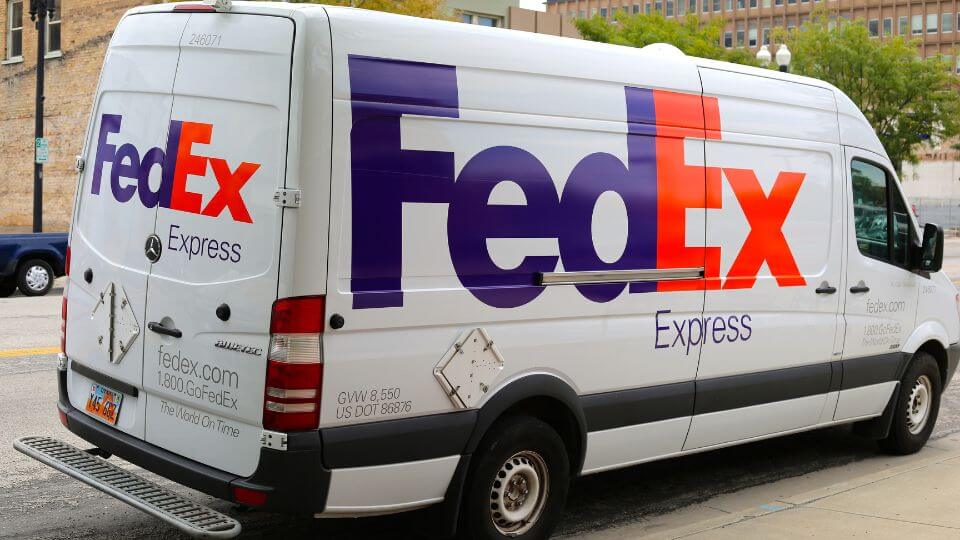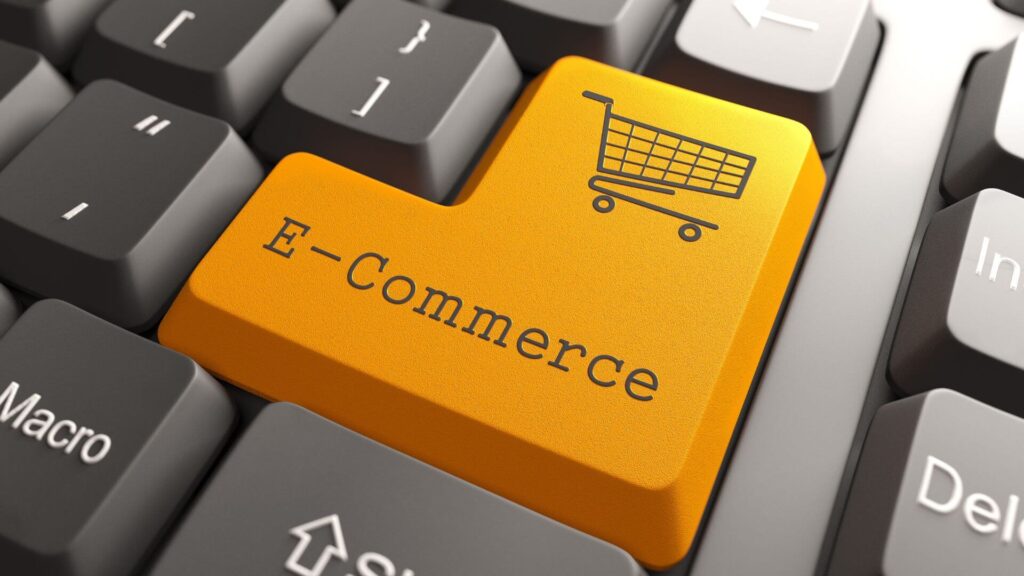
Top 5 FedEx International Shipping Services for eCommerce in 2024
Top 5 FedEx International Shipping Services for eCommerce in 2024 Home > Blog > Top 5 FedEx international shipping services for e-commerce in 2024 Table
Competition in the e-commerce industry is increasing – especially in the past 5 years. Businesses have shown improvements in revenue by adapting to new changes and trends that arise, while staying organized with every aspect of their operations.
The predicted revenue for the e-commerce industry is set to reach a record USD $569 billion in 2025. The time is now to plan ahead to compete with new online stores that emerge in the near future. 2023 is the time to keep a close eye on trends that can greatly benefit your business.

Currently, there are 7.26 billion (90.72%) of the population) mobile phone users worldwide. As technology progresses at a rapid rate, more consumers are likely to purchase your products or services through their mobile devices (their preferred shopping channel).
The key factor to keep in mind here is that mobile commerce is convenient, therefore, your website and entire checkout experience should be optimized and compatible with mobile devices. This can be done by creating simple navigation, improvements in website loading speeds, and mobile-friendly pop-ups.
Social media is the number one tactic brands use to increase brand awareness and generate high-quality leads. E-commerce businesses have started to boost sales by selling their products directly through social media channels such as Instagram, Facebook, and TikTok via influencer promotions. Because of this, customers go directly to social media platforms via mobile devices and will have everything in one place (tapping into the “convenience” factor once again) – enabling them to research products and purchase them in one location.
59% of people around the world use social media platforms and it’s only set to increase year by year. It’s predicted that social media platforms would generate $2.9 trillion in global sales by 2026. Social media is one form of advertising and promotion that should be included in your e-commerce marketing strategy to increase your chances to reach more customers and build a strong and trustworthy brand. Social media allows you to send customers directly to your website or product page while reaching your target audience.
Having a seamless checkout process can help your e-commerce business to boost sales – meaning the shopping experience your customers have should be simple and straightforward from product page to purchase. This being said, it’s crucial to have a vast range of accepted payment methods.
Complex checkout processes or insufficient payment methods for customers are the leading causes of shopping cart abandonment. If a buyer finds it difficult to finish their digital purchase, they will abandon their cart and likely seek their products elsewhere (competitors).
In 2021, approximately 50% of all e-commerce payment transactions worldwide occurred through digital wallets – making the digital wallet the largest used form of online payment worldwide. Geographical aspects also influence payment methods as a large majority of the world still uses credit cards and multiple payment installments.
Commonly used payment types (internationally) include:
Depending on your market, target audience, and the countries you operate in, you need to take into consideration who and where you are selling your products in order to provide easy payment options for your customers.
Trends are ever-changing and will influence the way you operate your business. It’s essential that you adapt all of the above trends if you want to improve your e-commerce business strategy, increase sales, and stay competitive in the long run.

Top 5 FedEx International Shipping Services for eCommerce in 2024 Home > Blog > Top 5 FedEx international shipping services for e-commerce in 2024 Table

What is White Glove Delivery and How Does it Work? Home > Blog > What is white glove delivery & how does it work? Key

What is DDU Shipping? Delivered Duty Unpaid Shipments Explained Home > Blog > What is DDU shipping? Delivered Duty Unpaid shipments explained Key Takeaways: DDU
Simple Global removes the complexities of cross-border trade while improving the post-sales experience. Learn more about us.
© 2012-2024 Simple Global. All Rights Reserved, Simple Global Inc.